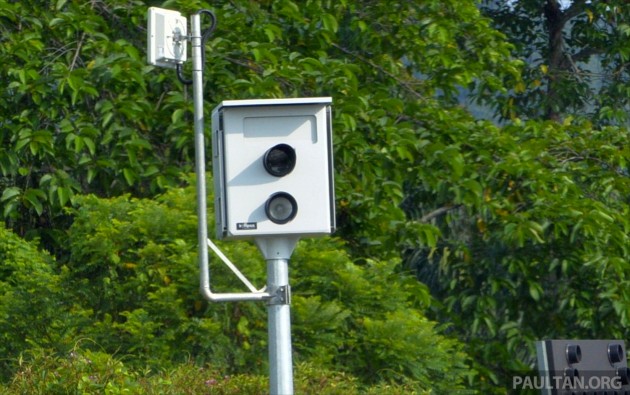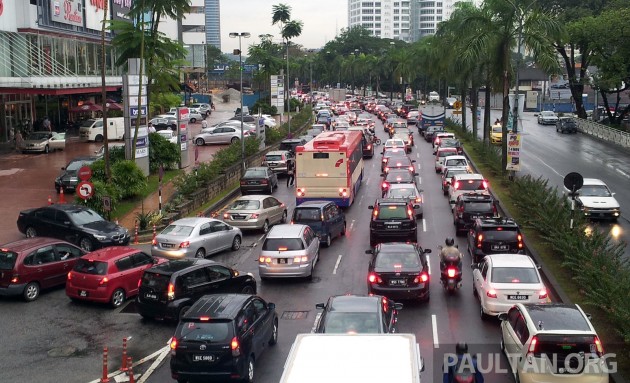
The latest studies performed by the Malaysian Institute of Road Safety Research (MIROS) shows that the Automated Enforcement System (AES) has been successful in reducing instances of red light running despite criticism from politicians and the public, according to The Sun.
The English language daily stated that in the MIROS report, a 2.2% reduction in red light running violations in the first six months was observed since the installation of the cameras at 14 locations in 2012, with an overall 1.23% reduction after one year. The non-compliance rate stood at 4.29% before the implementation of AES.
Among them, motorcyclist featured the highest violation rate of 6.04% before installation (3.71% for cars, 3.69% for other vehicle types), dropping to 4.3% (cars 1.54%, other vehicle types 2.05%) after six months and 3.63% (cars 0.46%, other vehicle types 0.37%) after a year.

Researchers from MIROS observed a total of 493,782 vehicles in March and September 2013 over two days (weekdays and weekends) and during peak and off-peak traffic. Four AES-equipped traffic light intersections were studied – at Jalan Klang Lama and Jalan Ipoh in Kuala Lumpur and at Jalan Ipoh-Kuala Kangsar and Jalan Pasir Putih in Ipoh.
In the capital city, 3,613 violations were observed before the installation of AES cameras; that figure was reduced to 2,003 or 1.76% after six months and 1,054 or 0.99% after one year. Ipoh's figures were 3,257 before AES, 1,775 or 3.07% after six months and 937 or 1.67% after one year.
Out of the near half a million vehicles observed, motorcyclists were the main red light running violators even after AES implementation, standing at 3,129. Car drivers were next at 2,412, followed by those of other vehicles at 228.
Statistics in 2011 showed that road collisions at traffic light intersections in Malaysia resulted in 207 deaths and 706 injuries, MIROS said.


No comments:
Post a Comment